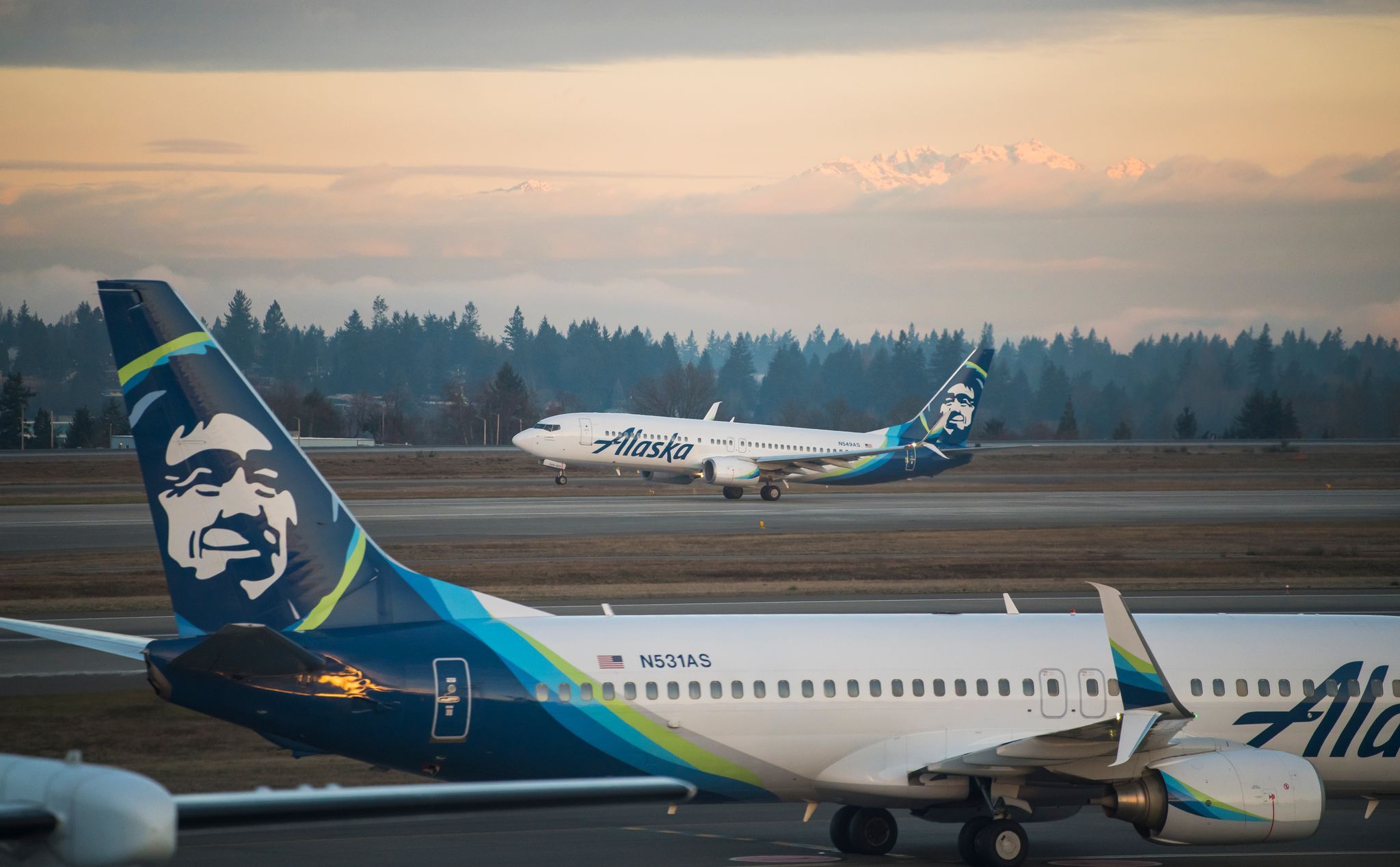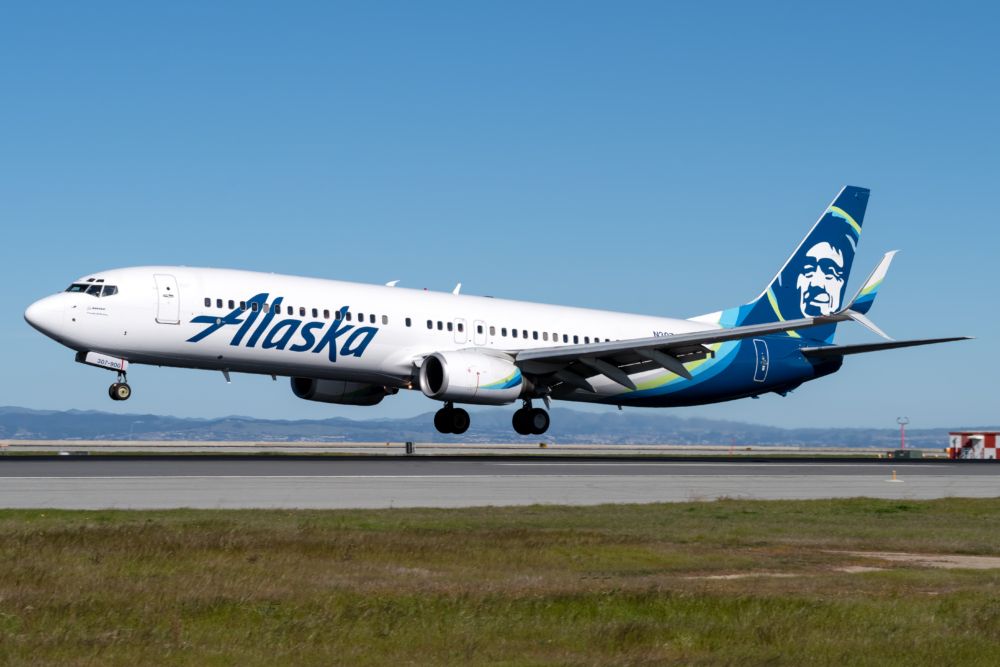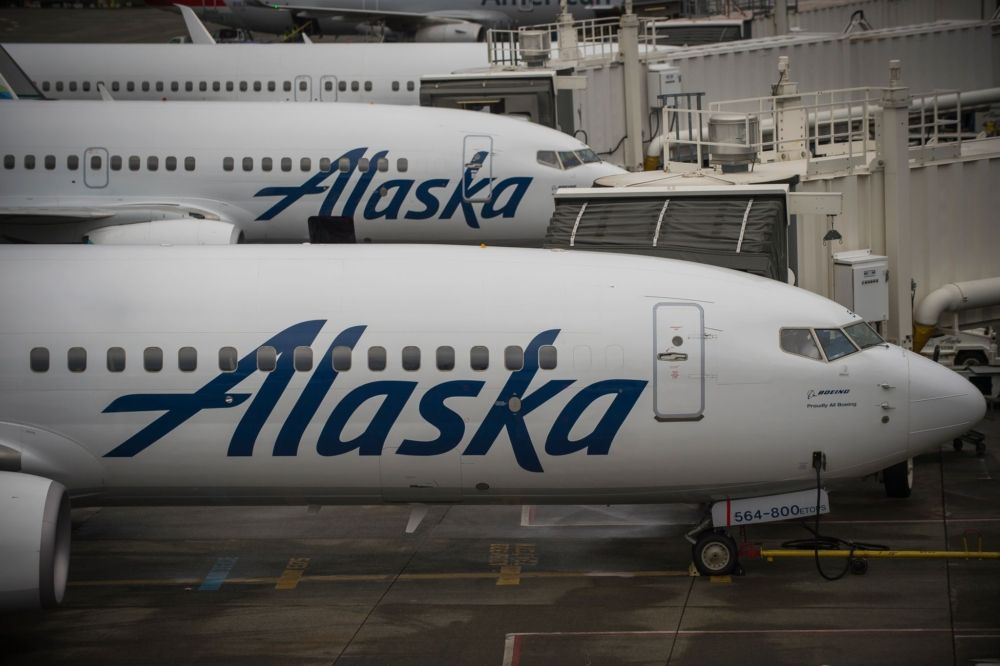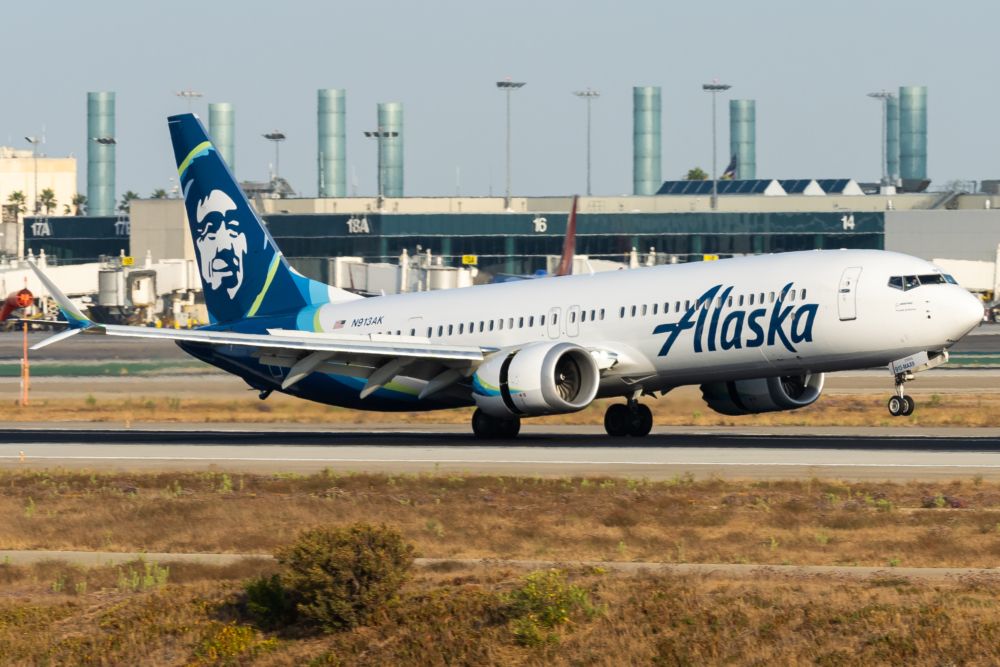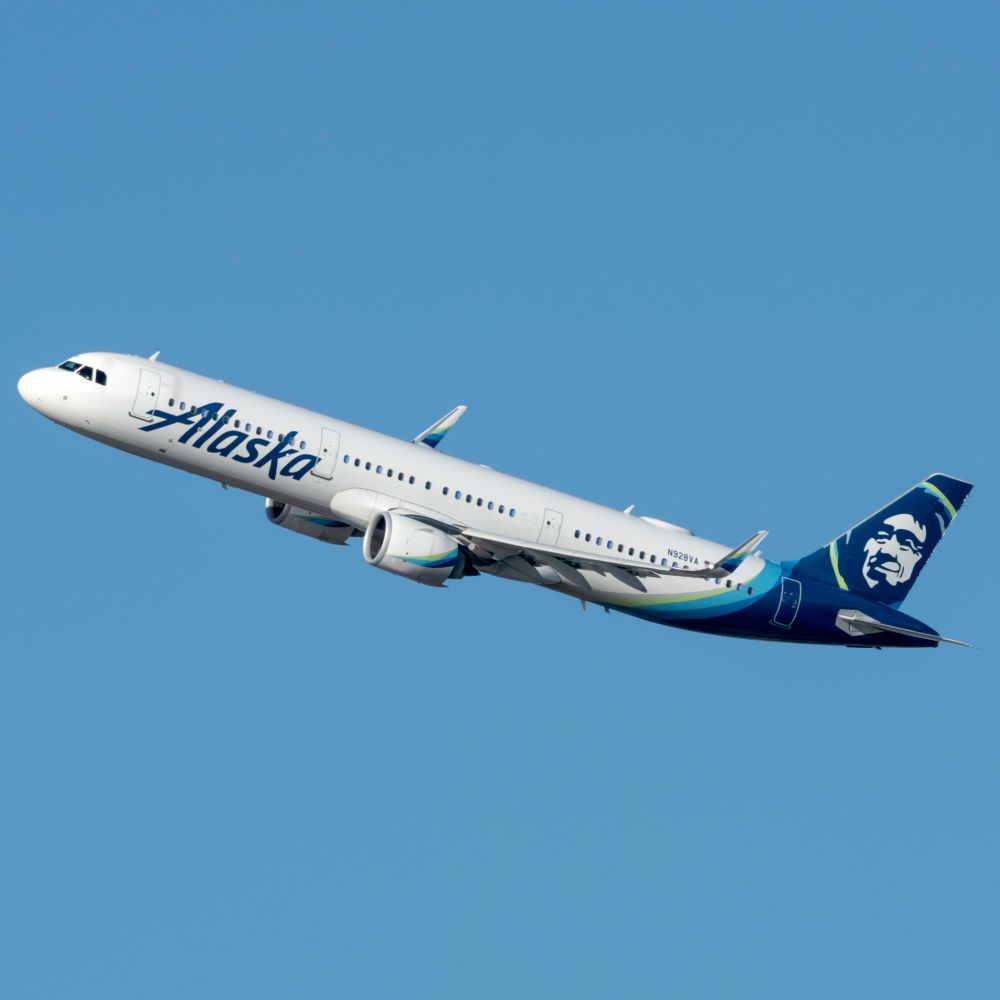Alaska Airlines is rebuilding its network, and Seattle is still proving key. The airline is focusing its energy on its largest hub and base as travel ramps back up. In fact, Alaska is expected to get back on track to grow again in Seattle, and this will be especially true with the new opportunities it has through its partnership with fellow oneworld airlines.
Alaska Airlines is bringing back Seattle
Speaking on the carrier's second-quarter earnings call, Andrew Harrison, Executive Vice President and Chief Commercial Officer, stated the following on Seattle:
"Our strong sequential revenue performance was enabled by our network team's rebuild strategy. [Alaska] Air Group has returned to approximately 80% of its pre-COVID network size, but we prioritize Seattle growth, given the strength of demand here. Our Seattle hub capacity in Q2 was approximately 2% higher than in the second quarter of 2019. And, the team also restructured the Seattle hub to gain access to greater flow traffic, which has helped fuel this growth."
Seattle is Alaska's largest hub and base of operations. As such, it has a strong presence and brand loyalty amongst travelers in the area. Furthermore, the carrier is a well-known brand for connecting traffic in the region.
Alaska's Seattle hub
Most of the points Alaska Airlines serves within the 48 contiguous United States and Canada are served out of Seattle. The airline also has seasonal flying to winter destinations in Central America. One example is flying to Belize, scheduled to start this November.
Seattle has been a winner for Alaska in recent months, but this was not always the case. As a primarily West Coast airline, the airline was heavily hit in the early days of the crisis when demand from major cities like Seattle, Portland, and Los Angeles all but evaporated.
Turning to connecting traffic, Alaska and Hawaii both put up travel restrictions that heavily restricted travel from the other 48 states – even for returning residents. These were two traffic flows that Alaska could not take advantage of. Secondly, the airline has heavy California exposure, and that market only fully reopened in mid-June of 2021.
The airline made it through and has come back strong. Mr. Harrison credits that to the carrier's strong brand loyalty, which has boosted its coastal hub performance relative to other airlines.
While a large chunk of them are certainly based in Seattle, those loyal travelers are also passengers flying through Seattle en route to a vacation in Hawaii or San Diego or flying for business down to San Jose or many other points in Alaska's network. They originate in cities like Boise, Spokane, Portland, Fairbanks, and many other cities where Alaska has the largest, or a substantial, presence. Alaska's new CEO also wants to extend the carrier's brand recognition and loyalty to a more national stage.
There is plenty of room for growth
Alaska is not done in Seattle. The carrier certainly has a lot of room to grow. But, much of that growth is in a slightly different sphere. While the airline has been doing plenty of expansion on network breadth and covering cities, it is now turning to add more frequencies – or depth.
Brett Catlin, Alaska's Vice President of Network and Alliances, spoke to Simple Flying in June about the carrier's future plan for the network, and he also discussed building up network depth in relation to partnerships:
“You think about American’s new service in partnership with us to Bangalore. That’s a market that we can serve from Raleigh, but to effectively feed it, we need to fly Raleigh/Durham from Seattle twice a day or three times a day, and suddenly I will be operating multiple daily frequencies that benefits not only our domestic network but also our partner’s long haul network.”
Take Raleigh, for example. If Alaska adds another flight or two per day from Seattle, there may only be a handful of passengers coming from or going to the Bangalore flight. The rest of them will distribute across Alaska's other flying across the network. This is where many opportunities lie ahead for Alaska.
Stay informed: Sign up for our daily and weekly aviation news digests.
However, that growth is not unrestricted, and recent trends have shown that there will be possible to grow where Alaska wants to in Seattle overnight. Ben Minicucci, Alaska's CEO, highlighted the labor shortage:
"At our Seattle hub, where our flying is essentially back to 2019 levels already, we have found that entry-level labor pools are limited, making hiring a challenge, particularly for ramp workers. With this staffing pressure, along with record-breaking heat waves during the quarter, have put stress on our operations."
Labor is proving to be a pivotal roadblock in various carriers' abilities to bring back their networks (or expand!). As the industry sorts it out, it may take some time for Alaska to achieve its full potential for growth out of Seattle.
In the near term, Alaska Airlines is planning to reactivate ten Airbus A320ceos by the end of the year to support the recovery. Depending on deliveries and demand, this could lead Alaska to increase its summer 2022 capacity by 8% compared to 2019, if it sees fit. That growth could skew somewhat more to Seattle, though there are plenty of other opportunities with California reopened.
Are you glad to see Alaska Airlines come back in full in Seattle? Let us know in the comments!

